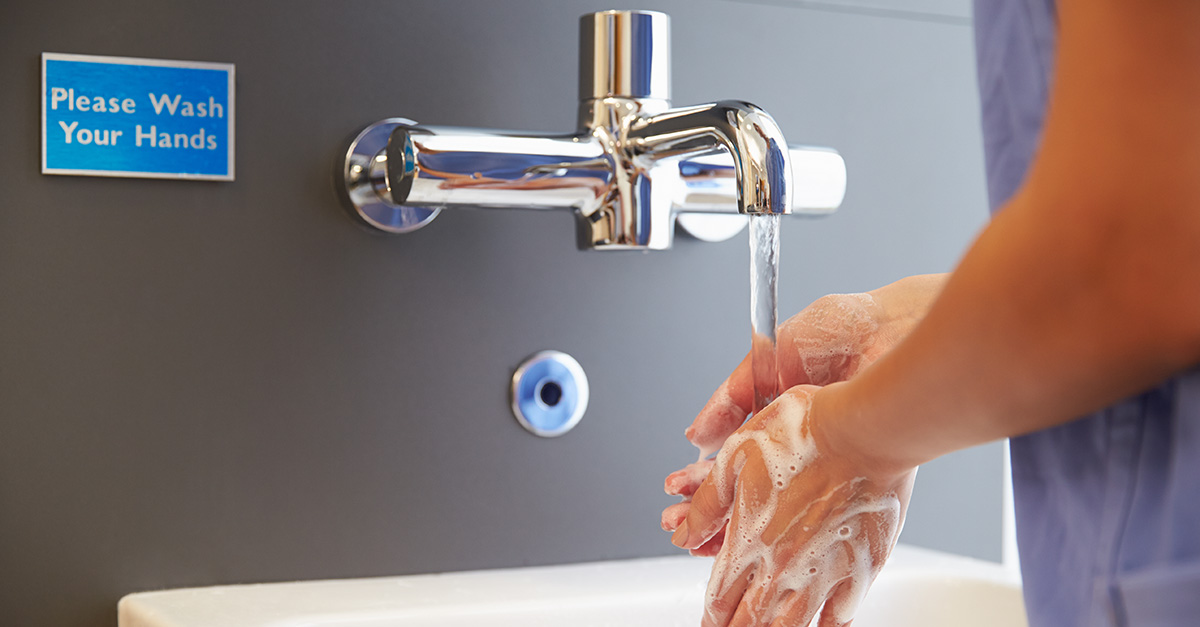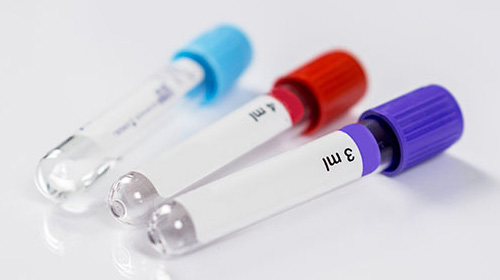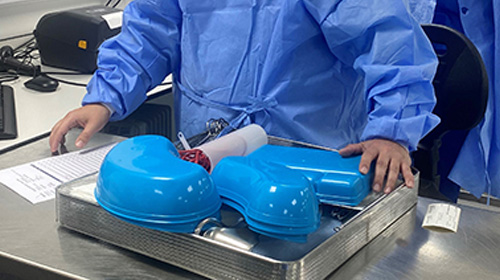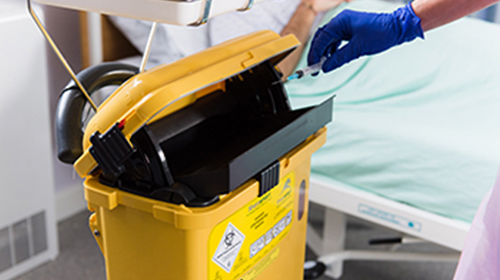Sustainable Actions
Welcome to our Sustainable Actions Initiative, we aim to empower your trust with sustainable choices. In this section, we will pinpoint specific opportunities backed by data and real-world examples.

We’ve categorised opportunities into three core areas, Reduce, Reuse and Remanufacture. Our framework agreements incorporate sustainability initiatives we aim to identify and emphasise these opportunities while gathering essential data and information to inform trust decision-making.
Through ongoing collaboration with all stakeholders, we strive to keep this area consistently updated. Together, we can drive positive change and contribute to a more sustainable future.
Reduce
Reduction Strategies /Resource Efficiency/Reduced Consumption
This area focuses on reduction strategies and using resources more efficiently.
1. Product usage assessment: Understanding how products are used within the system is crucial. By analysing usage patterns, we can identify opportunities to reduce consumption.
This might involve:
- Implementing better techniques to decrease the volume of specific products.
- Encouraging behavioural changes among clinicians to minimise unnecessary usage.
- Re-engineering products or sets to eliminate items that are no longer needed.
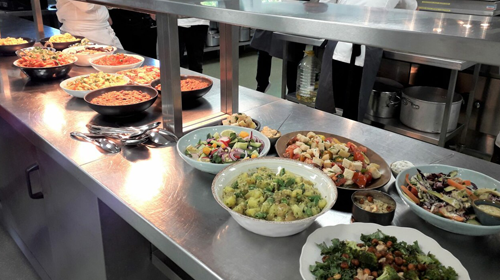
2. Sustainable materials: Consider offering products made from sustainable materials with a reduced environmental impact. Data collection is essential for informed decision-making. While full life cycle assessments are not yet mainstream, alternative datasets from customers or suppliers can support our efforts.
Read the case study
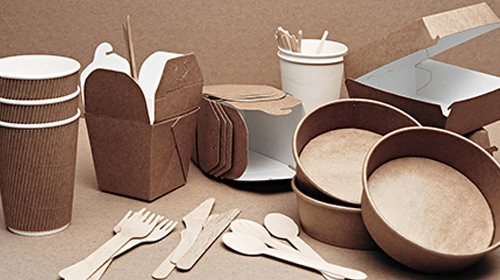
Reuse
Switching from Single Use to Reusables
These opportunities capture both switching opportunities from single use products to reusables and where extending a product’s useful life through re-use can also support driving down carbon.
As well as switching to multi-use products or equipment, this area also touches on the reuse of equipment that has been previously loaned to others such as walking aids or frames. We have highlighted where there are opportunities within our frameworks with case studies to enable reuse and extend a product’s useful life.
Consider the environmental impacts and benefits of sustainable alternatives alongside procurement costs to fully understand the effects of switching. Trusts that have made these switches found it involves more than just replacing one product with another. It requires process and behaviour changes, infrastructure adjustments, and transparent data visibility.
See our Useful Links section for further examples of the reuse approach.
Read our case studies
4,000kg Waste Reduction Annually by Switching to Reusable Medical Hollowware
A sustainable material switch
Reusable Waste Containers Reduce Single-Use Plastic
Reuse of products that do not need to be single patient use
Remanufacture
Refurbish and the Circular Economy
Remanufacturing involves recovering, refurbishing, rebuilding, and reusing previously used or non-functioning products. Within frameworks, opportunities exist for remanufacture, refurbishment, and repair services. Waste generation is closely tied to consumption and production patterns. Shifting from a linear model of production, consumption, and disposal to sustainable practices supports remanufacture and recycling. Disposing of products at their end of life isn’t just an environmental issue; it’s also economic. Waste contributes to the NHS carbon footprint and poor waste management affects climate change and air quality. In a circular economy, waste becomes a resource. Recovered and recycled materials re-enter the supply chain, reducing the need for new resource extraction. Adopting circular economy principles in our frameworks supports the journey to net zero. Infrastructure, partner collaboration, behaviour change, and recognising waste as a resource are essential.


